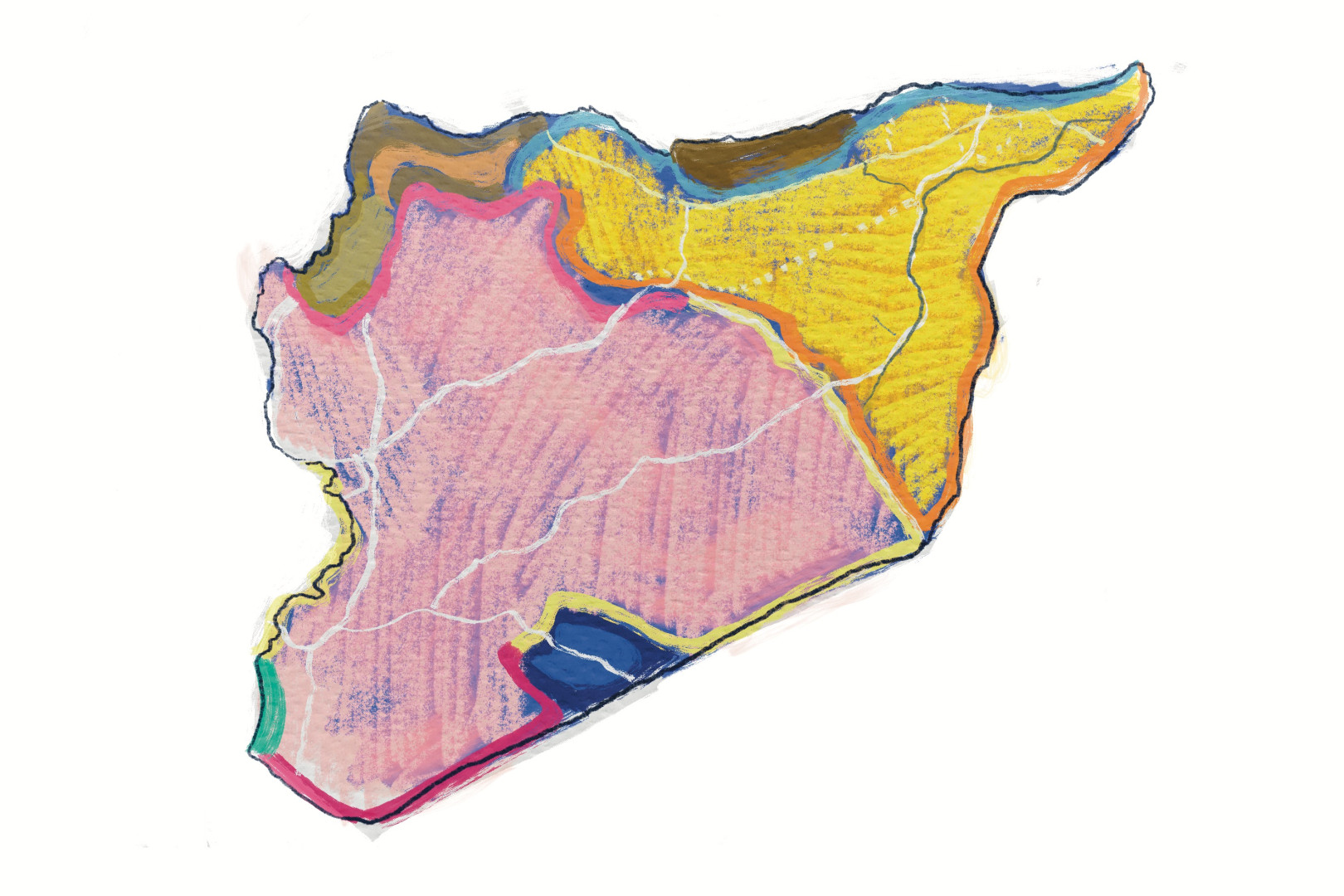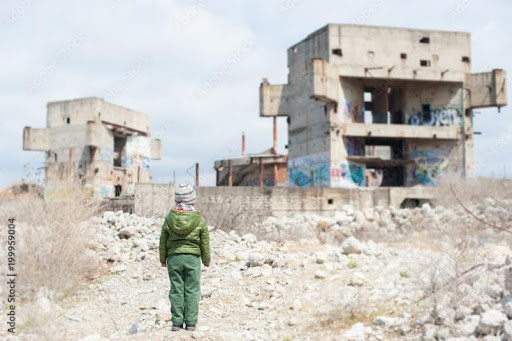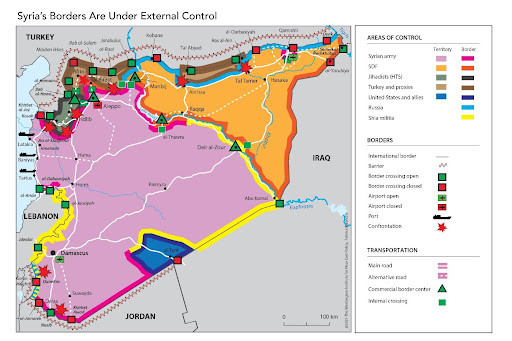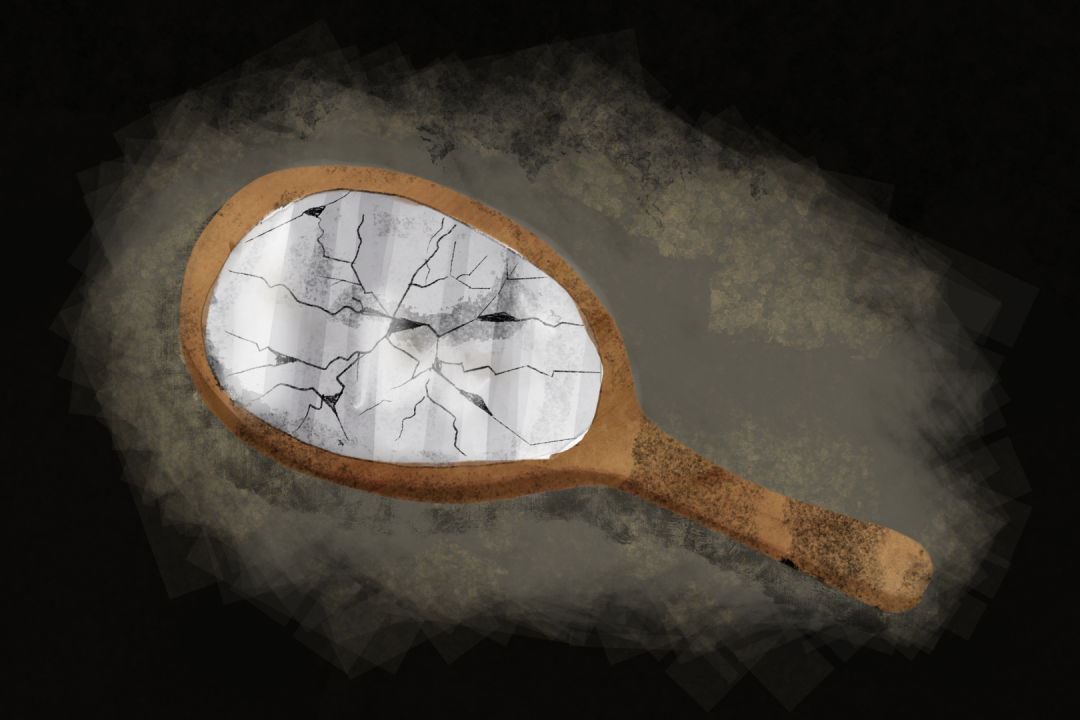
Shifting Power Configurations in the Syrian War
Shifting Power Configurations in the Syrian War

After 11 years of brutal civil war in Syria, the country has witnessed crucial changes in terms of power control and the onset of a humanitarian crisis. Yet, a lack of definite control by any powers on the ground continues in the absence of any signs of hope for possible resolution. Following the revolution outbreak, Syria became a destination and a sanctuary for radicals from around the world to implement their extreme beliefs, while direct and indirect military support to the regime and opposition powers has prolonged the civil war for more than a decade.
Latest situation in Syria
Since the latest Turkish occupation of northern Syria, the country has not experienced any significant changes in terms of power control on the ground. The regime forces backed by the Russian air force and artillery continued putting pressure on opposition forces in northwest parts of the country mainly in Idlib province. After the collapse of the Islamic State, Syria was divided into three main different control zones regime control, Syrian Democratic Forces (SDF) and opposition rebels. The map below created by the Washington Institute shows the power division on the ground.

The Syrian Regime (SAA)
The Syrian Army, as the official military front of the regime, has successfully recaptured vast areas in Syria including Aleppo province from opposition parties that had held the province as headquarters since regime’s withdrawal a decade ago. The Syrian Army with Russian, Iranian and Shia militias support has a commanding position over coastal provinces and central and south parts of the country.
Syrian Democratic Forces (SDF)
The Kurdish-led coalition of SDF has definite control over the main parts of previously controlled territory by the Islamic State. Hence, the SDF control stretches along the Euphrates River to the eastern border with Iraq. The SDF has authority over the oil fields in the Deir ez-Zor province including the Al-Omar field the largest oil field in the country. Moreover, the SDF-controlled territories witnessed US-led coalition forces operatives particularly near oil fields and ISIS refugee camps including the Al-Hawl camp which shelters thousands of ISIS jihadist families. Soon after the emergence of the Islamic State in Iraq and Syria in 2014, the U.S airforce started to bomb ISIS positions to prevent the genocidal violence against the Yezidi minority in Shingal. The U.S air strikes on jihadist positions were followed by precense of U.S led-coalition forces on the ground to support the local forces against ISIS. Later, U.S forces started to build their bases in the Syrian Democratic Forces controlled territories. Currently, according to the Pentegon, there are more than 503 U.S forces deployed in 28 bases training SDF fighters and guarding vital facilities.
Opposition factions
Control over Idlib remains controversial due to the diversity of military factions in the province. Turkish-backed forces aligned with other radical groups such as Tahrir al-Sham previously known as (al-Nusra) al-Qaeda branch in Syria are the most powerful military powers controlling the northwest territories and the Turkish safe zone on the northern borders. After years of international support to the moderate Free Syrian (FSA) army with the aim of expelling the regime forces in the country, the FSA failed to gain control of land and therefore, has only fragile control over non-strategic parts of northern Aleppo including the town of Azaz, which could be the target of expected Turkish occupation soon.
The broader ramifications of civil war
Due to the violence of the Syrian Civil War, millions of Syrians have been forcibly displaced from their homes. Accordingly, since the civil war outbreak, more than 6.8 million Syrians have fled their home country and 6.9 million Syrians have been internally displaced mainly to refugee camps. The bitter reality is that those Syrian refugees are not protected and often become victims of human trafficking and hundreds of them tragically died on their way to immigrate to European countries. According to reports from the United Nations High Commission for Refugees, since the start of the civil war, European countries have taken in over one million refugees with Germany and Sweden hosting the vast majority of refugees.
Amid the institutional and security failure in the country due to a decade of civil war, some Syrian civils find themselves muddled in conflicts beyond the Syrian borders. International reports have shown testimonials from different sources regarding the Syrian mercenaries' involvement in other conflicts such as Libya, Nagorno-Karabakh and most recently, in the Ukraine war. International organizations have accused Turkey of its role in transferring Syrian mercenaries to conflicts abroad, apparently offering 2,000 dollars per month salary for border guards. Many of them have been killed horribly during clashes and used as cannon fodder.
Sadly, while it does not appear that it will happen very soon, everyone believes that a political solution is essential for any resolution of the conflict. Despite international efforts to arbitrate between the country's component powers, an agreement is not likely to be achieved soon on a way to cease the savagery of civil war due to their unreasonable demands.


